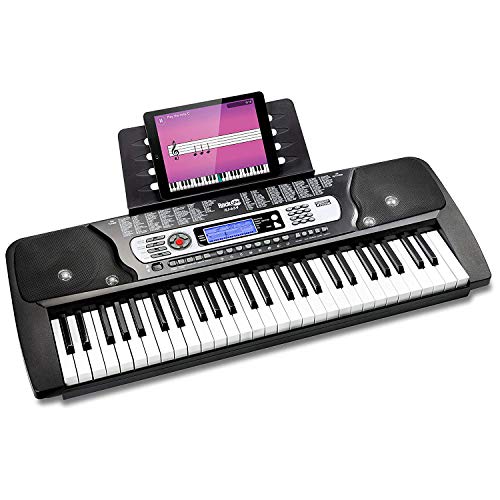Finger exercises for strength and dexterity
The first step in improving piano technique is to focus on developing finger strength and dexterity. This can be achieved through a variety of finger exercises specifically designed to target the muscles and tendons used in piano playing.
One effective exercise is the finger push-up. Start by placing your hand on a flat surface with your fingers extended. Slowly curl your fingers in towards your palm, keeping your knuckles flat on the surface. Then, slowly extend your fingers back out. Repeat this exercise several times, gradually increasing the number of repetitions.
Another beneficial exercise is finger stretching. Start by placing your hand on a flat surface with your fingertips touching the surface. Gradually lift each finger, one at a time, while keeping the other fingers down. Repeat this exercise for each finger on both hands, gradually increasing the duration.
Additionally, practicing scales and arpeggios can also help improve finger strength and dexterity. Start by playing scales and arpeggios slowly and gradually increase the tempo as you become more comfortable. Focus on keeping your fingers relaxed and playing each note with precision.
Hand and wrist exercises for flexibility
In addition to finger exercises, it is important to focus on developing flexibility in your hands and wrists. This will allow for greater ease and fluidity in your piano playing.
One effective exercise is wrist circles. Extend your arm in front of you and rotate your wrist in a circular motion, first clockwise and then counterclockwise. Repeat this exercise several times on each hand, gradually increasing the size of the circles.
Another beneficial exercise is finger extensions. Start by placing your hand on a flat surface with your fingertips touching the surface. Gradually lift each finger, one at a time, while keeping the other fingers down. Repeat this exercise for each finger on both hands, gradually increasing the duration.
Stretching exercises can also help improve hand and wrist flexibility. Simple stretches, such as extending your fingers and thumb as far apart as possible and holding for a few seconds, can be done regularly to help improve flexibility over time.
Technique-specific exercises
In addition to general finger and hand exercises, there are also specific exercises that can help improve technique in certain areas of piano playing.
For example, if you struggle with playing octaves smoothly, you can practice the “thumb under” technique. Start by playing the lower note of the octave with your thumb and then, as you play the upper note, slide your thumb under your hand to prepare for the next octave. Repeat this exercise slowly at first, gradually increasing the tempo as you become more comfortable.
If you struggle with playing rapid passages, you can practice the “staccato” technique. Start by playing the passage slowly and accentuating each note. Gradually increase the tempo, aiming for clean and precise articulation of each note.
It is important to work on these technique-specific exercises regularly and consistently in order to see improvement in your piano playing.
Practice with a variety of repertoire
In addition to specific exercises, it is important to practice with a variety of repertoire in order to improve piano technique. This allows you to apply the techniques you have been practicing in a more musical context.
Choose pieces of music that challenge your technical abilities, but are still within your reach. Practice these pieces slowly at first, focusing on accuracy and technique. As you become more comfortable with the piece, gradually increase the tempo and focus on musical expression.
Working on a variety of repertoire allows you to develop a wider range of technical skills and challenges you to adapt to different musical styles and demands.
Seek guidance from a piano teacher or coach
While exercises and self-practice can be beneficial, it is also important to seek guidance from a piano teacher or coach.
A teacher can provide valuable feedback and guidance on technique, helping you identify areas for improvement and providing exercises and strategies to address them. They can also provide guidance on selecting appropriate repertoire and offer support and encouragement throughout your piano journey.
Whether you are a beginner or an advanced player, working with a piano teacher can greatly enhance your progress and help you achieve your goals.






